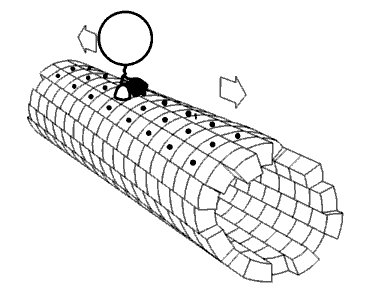
Photo from academic.microsoft.com
The use of wireless communication devices, such as tablets or laptops, is increasing among children. Only a few studies assess specific energy absorption rate (SAR) due to exposure from wireless-enabled… Click to show full abstract
The use of wireless communication devices, such as tablets or laptops, is increasing among children. Only a few studies assess specific energy absorption rate (SAR) due to exposure from wireless-enabled tablets and laptops, in particular with Worldwide Interoperability for Microwave Access (WiMax) technology. This paper reports the estimation of the interaction between an E-shaped patch antenna (3.5 GHz) and human models, by means of finite-difference time-domain (FDTD) method. Specifically, four different human models (young adult male, young adult female, pre-teenager female, male child) in different exposure conditions (antenna at different distances from the human model, in different positions, and orientations) were considered and whole-body, 10 and 1 g local SAR and magnetic field value (Bmax) were evaluated. From our results, in some worst-case scenarios involving male and female children's exposure, the maximum radiofrequency energy absorption (hot spots) is located in more sensitive organs such as eye, genitals, and breast. Bioelectromagnetics. 39:414-422, 2018. © 2018 Wiley Periodicals, Inc.
Journal Title: Bioelectromagnetics
Year Published: 2018
Link to full text (if available)
Share on Social Media: Sign Up to like & get
recommendations!